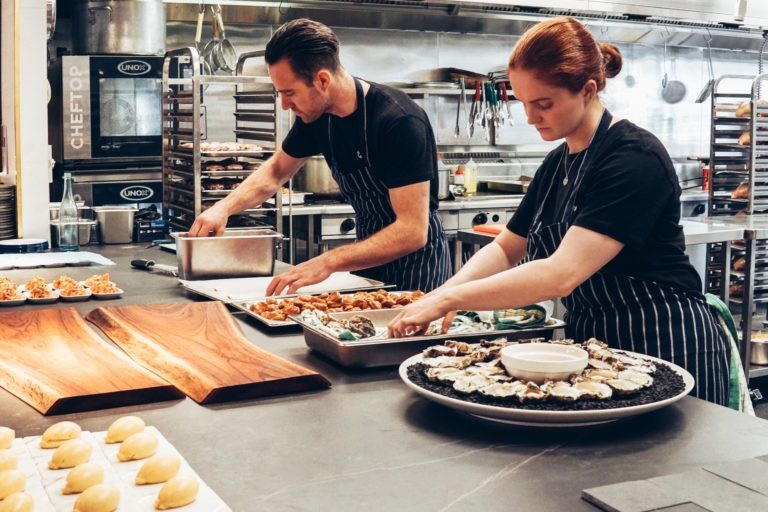Commercial restaurant equipment such as deck ovens are seeing an uptick in popularity amongst artisan-style bakers. Replacing conventional ovens, deck ovens have currently been widely acknowledge as the appropriate must have tool for the aspiring baker. This has been fuelled by the quality of baking products that it is capable of producing and the efficiency that it achieves this feat at.
Contrasted to a typical convection oven, a deck oven uses up a considerably bigger quantity of area and calls for more ability to run. Nevertheless, due to their reasonably basic design and few moving parts, they last a long period of time and run without a great deal of trouble.
When it concerns picking a deck oven, there are some crucial considerations to remember, consisting of the quantity of item that will be baked, which will naturally affect the dimension of the oven called for, the sort of item they want to bake, and the amount of space they have available in their bakery which will determine the setup of the oven.
Choice of material
Stainless Steel
Advantages
- Cost-effective
- More non-stick than stone
- Easy to clean
- Resilient and much less susceptible to cracking than stone
Drawbacks
- Does not hold heat as well as stone
- Does not cook as evenly, suggesting products may require more turning
- May pit or corrode with time
Stone
Advantages
- Holds heat much better than stainless-steel, conserving power
- Uniformly disperses heat
- Soaks up moisture, helping make certain crispy crusts
- Will not rust
Disadvantages
- Heavier than stainless steel
- If the stone is as well slim, it may crack
- Since it is porous, it can not be made nonstick
- More expensive than stainless-steel
Stone hearths have cooking surface areas made from stone, ceramics, exclusive stone-like products, or bricks. These surfaces can handle high heat and hold it longer, making them energy proficient. Unlike stainless steel, stone and ceramic soak up dampness, suggesting they can leech moisture out of dough to help make sure crispy crusts. A few of the high-end devices that have stone decks likewise have bricks developing the sides and tops of their cooking chambers, which improves recovery times and, subsequently, output rates.
Number of decks
Past the material of the deck surface, the number of decks have to additionally be considered. To expand volume without needing a larger footprint, numerous makers use units in two- and three-deck versions. High-volume bakeshops and pizza shops depend upon these multi-deck pieces to bake loads of loaves or pies simultaneously. Most of two-and three-deck versions have independent temperature level controls for every deck, so the system can be utilized to bake different sorts of products simultaneously.
To identify the dimension of device you require, consider the dimensions of pizza you will serve, how much time they will require to cook, and the amount of you anticipate to sell. Making use of those numbers, you can compute the number of pizzas you will likely need to cook during peak times, after that discover an oven with the deck size and quantity of decks that will fulfil that volume.

